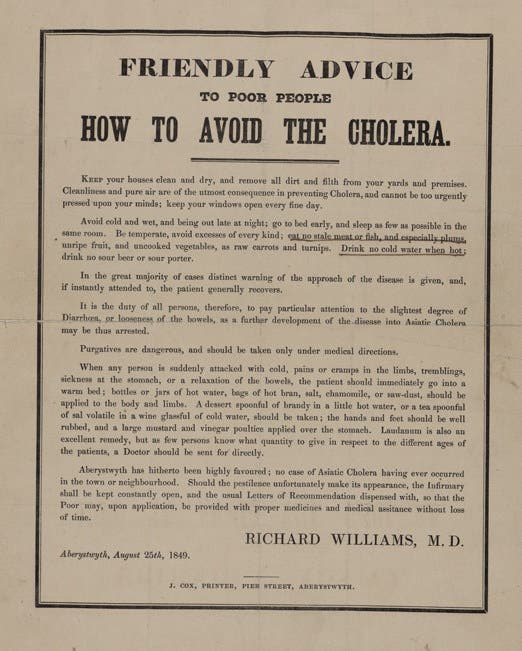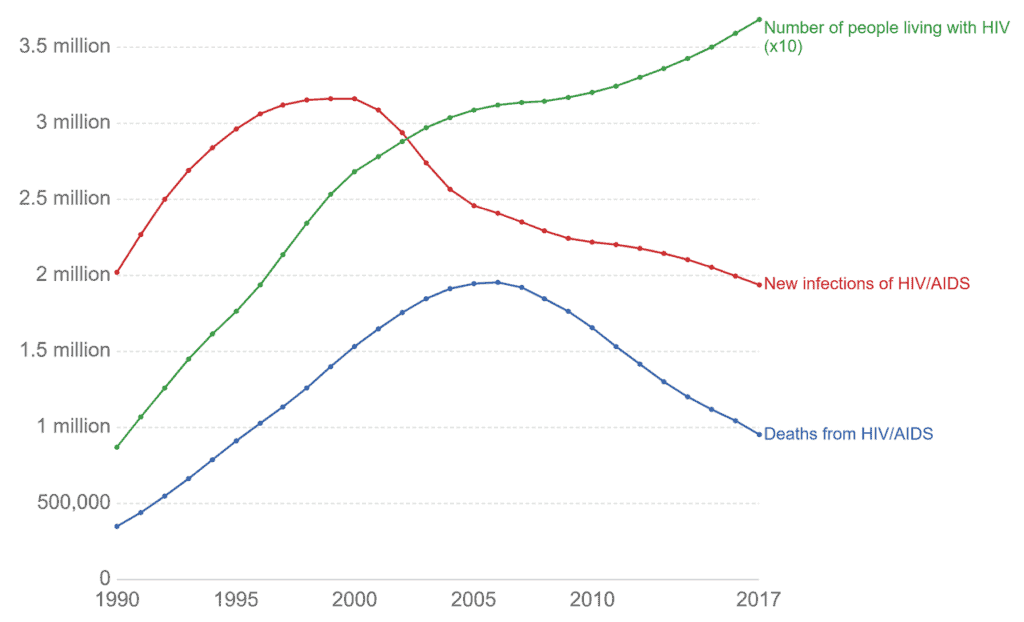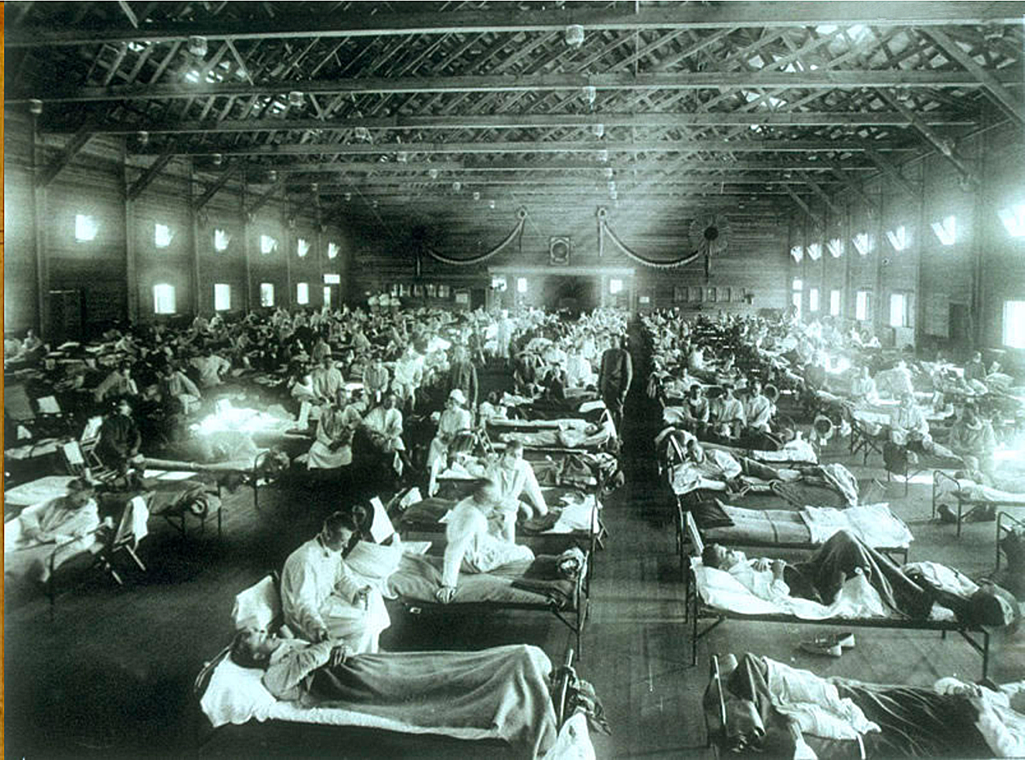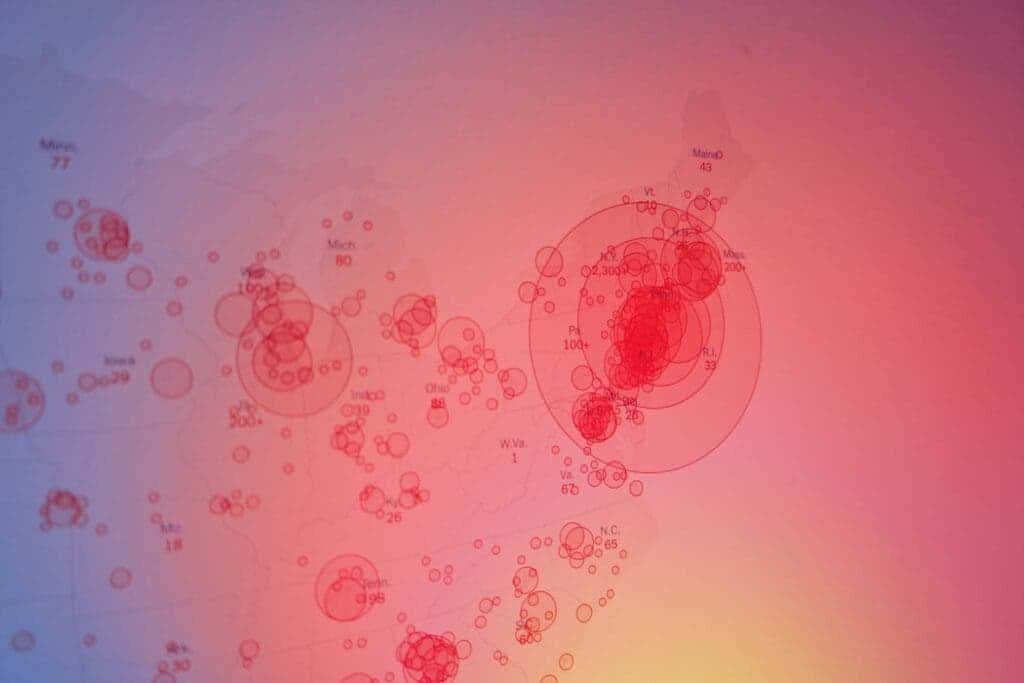
In late 2019, weird reports of a virus started emerging from a city most people have never even heard of (Wuhan). It didn’t cause a wave at first. Most people were just going about their lives, blissfully unaware of what was about to happen: a pandemic that would take the whole world by storm, causing unspeakable damage and grinding much of the world to a halt.
As much as we’d like to say the pandemic came out of nowhere, that’s not really the case. Researchers had warned of the dangers of coronaviruses just one year earlier, and pandemics are becoming more and more common. We’re living in the age of pandemics, and this is in large part due to our invasion of wildlife and our intensive agriculture. Long before COVID-19 ever entered the stage, here are five pandemics that plagued mankind (and some are still around)
**This article was originally written during the swine flu pandemic of 2009. Much like the COVID-19 pandemic, it also seemed to take everyone by surprise, although its impact wasn’t nearly as severe. Many people (especially older people) were already immune to the swine flu, which also helped. The virus ultimately became one of the seasonal flu viruses that flow about every year.
Cholera (1.3-4 million cases per year)
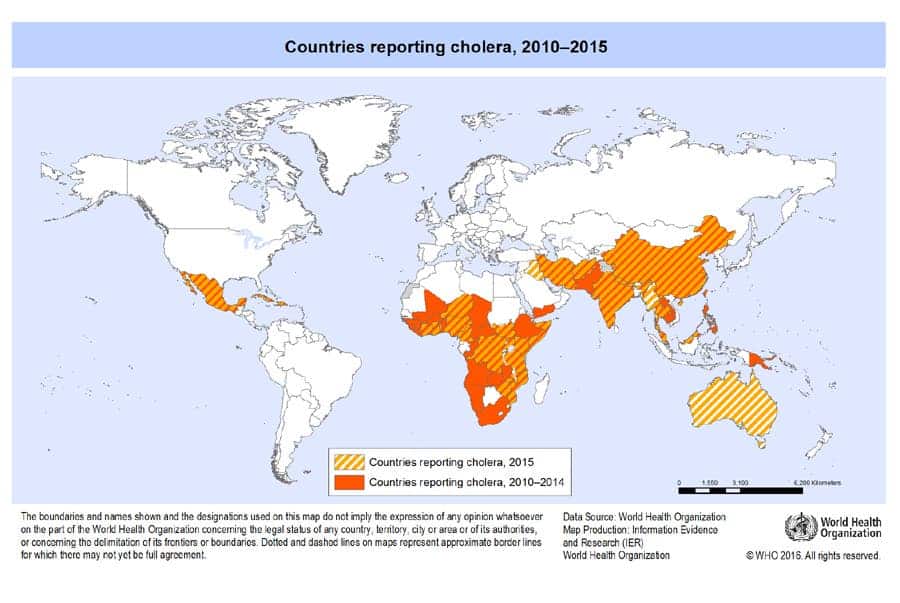
Cholera is essentially infectious gastroenteritis caused by a bacteria called Vibrio cholerae. It’s transmitted by eating food or drinking water that has been previously contaminated with the bacteria from other infected people — which can make it spread like wildfire. It’s also one of the diseases that can kill you very fast (as quickly as just a few hours after the infection), but most infections are mild: just 5% percent of those infected present diarrhea, leg cramps, and heavy vomiting.
In most cases, a strong organism can defeat cholera with relative ease, especially if well hydrated for a long period of time. The problem, however, is that cholera often strikes in impoverished areas — while cholera can strike sporadically in various places, overcrowded communities with inadequate drinking supplies are often the most frequently affected. The disease presents itself with dehydration and diarrhea, and without clean water and food, can be devastating.
There have been several major cholera outbreaks in history, and the disease never really went away, infecting up to 4 million people every year in recent years. It is endemic from the Lower Ganges River, but in the seven years that the first pandemic lasted (from 1817 to 1824), it reached almost every country in Asia, killing some 10,000 British soldiers and drawing attention in Europe. Unfortunately, the British Royal Navy helped the disease spread and cover a vast territory before receding, ironically, due to a very cold winter.
The second cholera pandemic was way more devastating, and it reached the European capitals of the time, including Paris and London. During the industrial revolution in the mid-1800s, hygiene conditions were pretty bad and for a time, it was even worse than before: as people started to flock into cities, living conditions and water supplies were far from safe. Health was shaky in the cities of the time. Doctors pressed for better conditions, believing the disease was air-related which wasn’t the case, and cholera continued to ravage. But this pandemic also brought an important breakthrough: John Snow famously mapped the cases of cholera, realizing that they are tied to a water pump, thus figuring out how cholera spread. It was a crucial scientific breakthrough that still has lessons for our days, but the outbreak still killed hundreds of thousands of people, with some estimates ranging over a million.
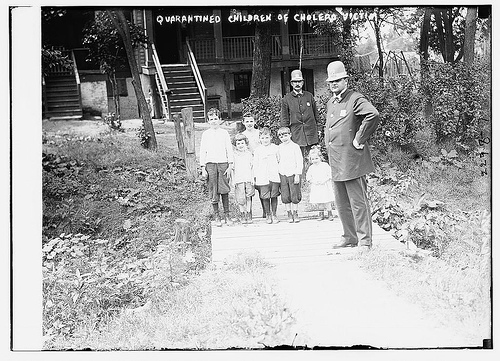
Believe it or not, there were seven cholera pandemics so far, causing several millions deaths. They used to be very severe in Russia, but thanks to improvements in the living conditions and health systems, most countries have been able to deal with it and defeat it quickly when it pops up. But even in the 21st century, cholera remains a very real threat in many parts of the world; there are local epidemics that affect thousands of people, especially in underdeveloped areas or where water supplies are scarce and unsafe.

There are vaccines for cholera. Spanish physician Jaume Ferran i Clua developed a cholera inoculation in 1885, the first to immunize humans against a bacterial disease, but this was very controversial and was largely rejected by his peers. Russian-Jewish bacteriologist Waldemar Haffkine successfully developed the first human cholera vaccine in July 1892. Nowadays, a number of safe and effective oral vaccines for cholera are available.
Malaria (200+ million cases per year)
Malaria is a disease carried by protozoan parasites that typically affects tropical and subtropical regions. The disease is typically transmitted through mosquito bites, which pass the parasites through the blood.
Every year there are over 200 million cases of malaria on the planet, killing 1 million people or more, making malaria one of the most devastating diseases in the world. Malaria can also create a poverty vicious circle: it hits especially in underdeveloped areas, and it also causes poverty, trapping communities in a dangerous loop that’s hard to end. The disease is a major public health problem across many parts of Africa, but epidemics can also occur in other parts of the world such as Latin America, S.uth-East Asia, or parts of Oceania. In modern times, large-scale malaria epidemics are fairly predictable, though this doesn’t make it necessarily easy to prevent them.

Malaria is especially devastating for people with a weakened immune system. It is often most devastating after a local catastrophe such as earthquakes or storms, but human activity (wars, logging, irrigation or other agricultural projects, etc) can also exacerbate it.
The best way to deal with malaria is to prevent it. To prevent malaria, the starting point is controlling mosquito populations, especially in areas with high human density. If mosquito population would decline sufficiently, malaria could be eliminated from an area, but unless the parasite is also eliminated, it could always come back.
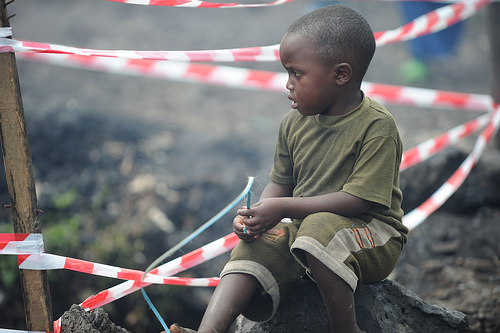
There have been some claims of eradication, but this has been proven untrue a number of times. The thing is, the disease constantly adapts and it has the greatest selective pressure on the human genome in recent history.
Time may also be running out: the parasites appear to be developing immunity to some of the most common treatments used against them (chloroquine and hydroxychloroquine). No approved malaria vaccine exists, but a candidate is in stage III trials.
The black death — aka the plague (1-17 cases worldwide)
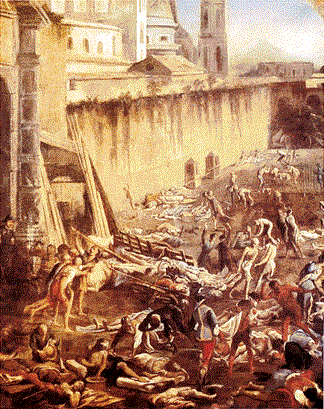
The black death was perhaps the deadliest pandemic mankind has ever faced. It came in three forms: the bubonic, pneumonic, and septicemic plague — each deadlier than the other.
It is now believed that all the forms were caused by a bacteria called Yersinia pestis that was carried by fleas, with the help of rats that transporter the fleas. The disease was also called the bubonic plague because it presented itself with buboes (swellings in lymph nodes). The symptoms included very high fever, headaches, nausea, vomiting, and even delirium in some cases.
 The first recorded bubonic plague pandemic (although it wasn’t called that way) happened during Byzantine times, 1500 years ago. The Plague of Justinian spread around the Mediterranean Sea until 544, and persisted in Northern Europe and the Arabian Peninsula, until 549.
The first recorded bubonic plague pandemic (although it wasn’t called that way) happened during Byzantine times, 1500 years ago. The Plague of Justinian spread around the Mediterranean Sea until 544, and persisted in Northern Europe and the Arabian Peninsula, until 549.
Although there were multiple severe plague epidemics, one rose above all others: the Great Plague (1347-1351). It killed 75 million people across the world (when the world’s population was approximately 350 million). According to some estimates, it killed a third or even a half of Europe’s population, with a mortality rate that sometimes went as high as 75%. To some extent, it returned every generation until sometime in the 1700s. It’s estimated that there were all in all somewhat 100 major plague outbreaks throughout history.

It’s still uncertain where the disease originated from, some believe it was in central Asia, while some believe it was somewhere near the Black Sea. What’s sure is that from there, it went to Italy and from there, it triggered a rampage of death through Europe like no other disease before it. At the time, people had virtually no defense and no true understanding of the disease, and so, men, women and, children without discrimination were caught in the onslaught. Often, the effects were so devastating that panic would settle in. The result was a major loss of trust in the Church, as well as a blaming of minorities for the plague (including jews, gypsies, and lepers).
The Italian writer Giovanni Boccaccio was living in Florence at that time, and he survived the plague. This event inspired him to write the Decameron, one of the best literary works in history, describing seven men and three women that flee from the black death. He describes in the book that “No doctor’s advice, no medicine could overcome or alleviate this disease“, which was pretty what everybody was thinking at the time. Whether you lived or you died, was just a matter of luck. It was a perfect example of a Malthusian limit. Its impact was so big that it defined the art currents for years and years to come, and it decided political situations in many cases.
Although nowadays we have efficient treatments for the disease, it’s still not eradicated: every now and then, the disease still rears its head, and without treatment, it can still be dangerous. There are around one dozen cases worldwide every year.
AIDS
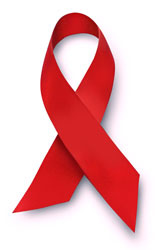 Acquired Immune Deficiency Syndrome or acquired immunodeficiency syndrome or AIDS, is a disease caused by the human immunodeficiency virus (HIV). The disease basically destroys your immune system from the inside, leaving the infected person vulnerable to infections and tumors.
Acquired Immune Deficiency Syndrome or acquired immunodeficiency syndrome or AIDS, is a disease caused by the human immunodeficiency virus (HIV). The disease basically destroys your immune system from the inside, leaving the infected person vulnerable to infections and tumors.
It’s transmitted by “anal, vaginal or oral sex, blood transfusion, contaminated hypodermic needles, exchange between mother and baby during pregnancy, childbirth, or breastfeeding, or other exposure to bodily fluids”, according to the World Health Organization. Today, AIDS is a pandemic and it will probably remain at this status for quite a while.
Despite some vaccines or treatments that slow down the disease and some reports of people that have been cured, there is, at the moment, no definitive vaccine or cure.
HIV/AIDS has had a large impact on society, both as an illness and as a source of discrimination. It contributes to poverty in some parts of the world, especially as existing treatments can also be expensive.
The truth is, the situation is complicated. Because it’s a disease that’s transmitted sexually, if you want to tackle it, you have to inform people about contraceptive methods that also prevent disease-transmitting and also, basically, give them condoms. The good news is that this is starting to be addressed. Sadly, things aren’t moving very fast and there is still very much to do.
The Spanish flu
Seattle police wearing masks in December 1918.
In 1918, the world was breathing a sigh of relief with the end of World War I. Living conditions had improved greatly and significant breakthroughs had been made in medicine, and there was a general optimism for the future. Then, seemingly out of nowhere, a strain of influenza hit.
It seemed no different from the others, but it turned out to be so deadly and undefeatable to many, it seemed like the end of the world was coming — or perhaps some divine punishment for the war. The virus hit hard and it hit fast, surprisingly attacking young and healthy people, unlike the usual influenza strains which are most dangerous to people with a weakened immunity system.
It’s not entirely clear why it affected young people nor why it killed so much more people than other influenza strains, but one theory says that it has a lot to do with how the virus first spread. The strain seemed to emerge during the water, and it infected soldiers that were living together and huddled on the war front. Those who didn’t have severe infections stayed on the front, while those with severe infections were sent back to hospitals — favoring the spread of more severe strains.
The fact that the age distribution was completely reversed inflicted an almost total collapse of some European and American cities. It’s not clear where the disease originated — the “Spanish flu” name is actually ironic: it’s called that way because many countries were censoring information about its spread, while Spain was transparent and open about what was going on.
Social distancing measures were introduced. Schools, theaters, and places of worship were closed. Public transportation was limited, and mass gatherings were banned (does that sound a bit familiar?). Wearing face masks became mandatory in some parts of the world. In the US, anti-mask groups emerged (maybe that also sounds a bit familiar). After the first wave was kept under control, the second one struck with far more ferocity, also on the back of resistance to distancing measures and masks.
According to some estimates, the pandemic affected a billion people (more than half of the population) and killed three times more people than WWI (~100 million). Even in areas where mortality rates were low, it caused a social disaster, because it incapacitated the working population. Stores everywhere were closed, doctors were too sick to cure people, gravediggers were too sick to bury and everything was frozen for a time. At least 1% of the European population at the time was killed by the virus.
Then, after the fourth wave in 1920, the disease seemed to just go away. We’re not really sure what happened to it. Maybe it mutated and became less severe, just a part of the normal seasonal influenza viruses
So what stands in the way of another such influenza?? We would be tempted to say the better living conditions, the better health system, our superior knowledge of medicine, but the truth is… nothing. We’ve seen just how much a single virus can change our lives — all our lives.
Indeed, we’re far better prepared now, and the fact that we’ve been able to develop not one but several vaccines in less than a year is nothing short of a scientific miracle. But the way things are shaping up, with researchers warning of more and more pandemics in years to come, we should be very wary and learn from the lessons of the past.
